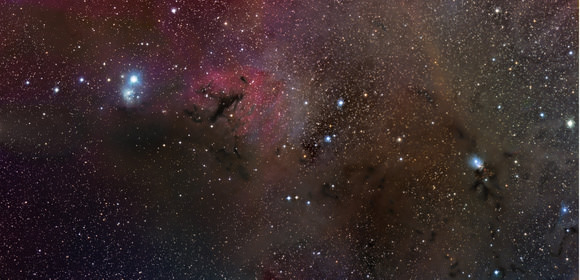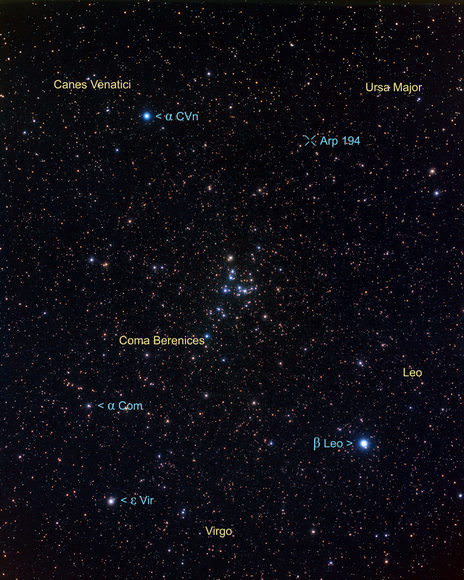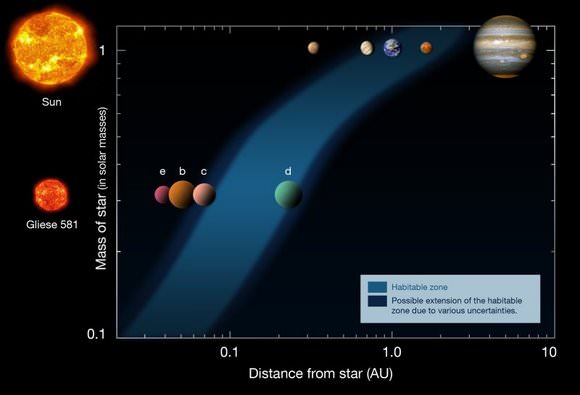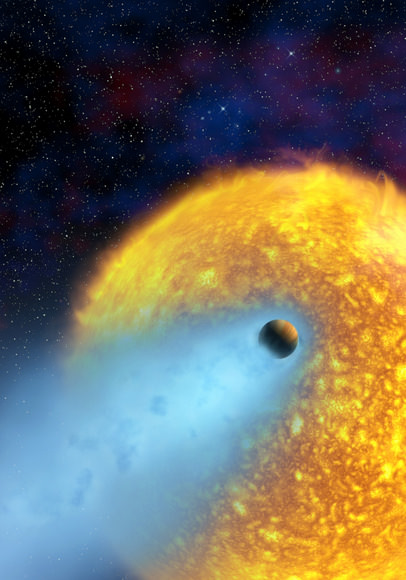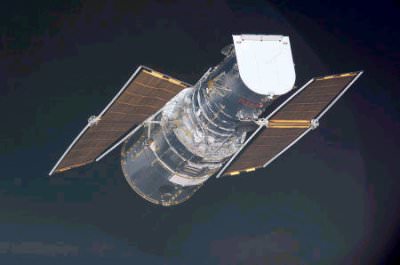[/caption]
Astronomers have found three brown dwarfs with estimated masses of less than 10 times that of Jupiter, making them among the youngest and lowest mass sub-stellar objects detected in the solar neighborhood to date. “There has been some controversy about identifying young, low mass brown dwarfs in this region,” said Andrew Burgess, one of the astronomers who used the Canada-France-Hawaii Telescope (CFHT) to find the objects. “The fact that we have detected three candidate low-mass dwarfs towards IC 348 supports the finding that these really are very young objects.”
A team of astronomers from the Laboratoire d’Astrophysique de l’Observatoire de Grenoble (LAOG), France made the discovery, and Burgess presented their findings at the European Week of Astronomy and Space Science at the University of Hertfordshire.
The dwarfs were found in a star forming region named IC 348, which lies almost 1000 light years away, towards the constellation of Perseus. This cluster is approximately 3 million years old – extremely young compared to our 4.5 billion year old Sun – which makes it a good location in order to search for the lowest mass brown dwarfs. The dwarfs are isolated in space, which means that they are not orbiting a star, although they are gravitationally bound to IC 348. Their atmospheres all show evidence of methane absorption which was used to select and identify these young objects.
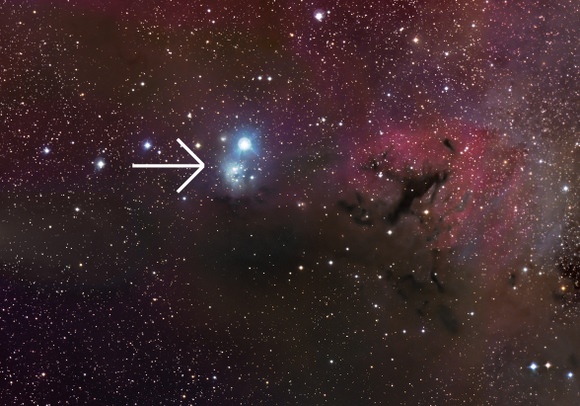
The team set out to find a population of these brown dwarfs in order to help theoreticians develop more accurate models for the distribution of mass in a newly-formed population, from high mass stars to brown dwarfs, which is needed to test current star formation theories. The discovery of the dwarfs in IC 348 has allowed them to set new limits on the lowest mass objects.
An object of a similar mass was discovered in 2002, but some groups have argued that it is an older, cooler brown dwarf in the foreground coinciding with the line of sight.
”Finding three candidate low-mass dwarfs towards IC 348 backs up predictions for how many low-mass objects develop in a new population of stars. Brown dwarfs cool with age and current models estimate that their surfaces are approximately 900-1000 degrees Kelvin (about 600-700 degrees Celsius). That’s extremely cool for objects that have just formed, which implies that they have the lowest masses of any of this type of object that we’ve seen to date,” said Burgess.
Source: RAS

